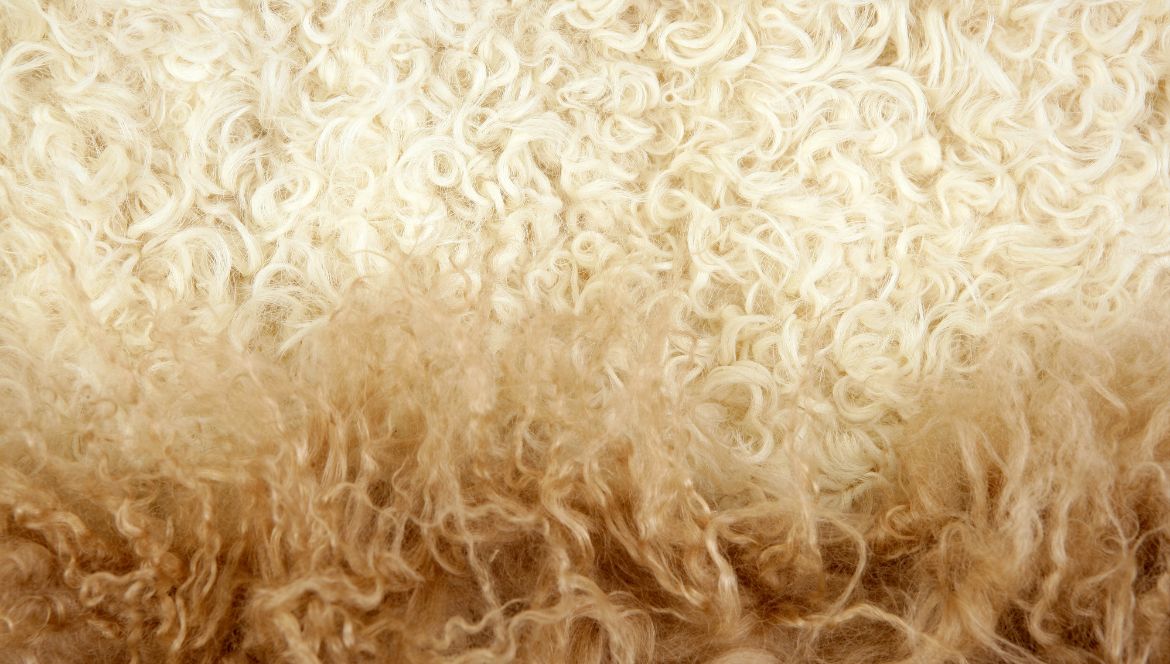Baby llama: a high quality fabric

The llama wool is one of the most precious and prestigious fibers capable of insulating from the cold and dissipating heat in a completely natural way. The characteristics that make llama or baby llama wool so special are the sheen, as well as the extraordinary resistance that combines perfectly with the softness of the wool yarn.
This material is perfectly suited to the creation of high quality and classy garments, with vibrant colors and shiny shades. You can make scarves and classy accessories, elegant and refined garments, a garment made in baby llama is a must have suitable for every season and of extraordinary beauty.

The story of baby llama fabric
The history of this fabric dates back to the Inca period whose tribes had domesticated both alpacas and llamas. Alpacas were selectively bred to produce a fine, uniform fleece to make alpaca wool garments for kings and high-ranking people to wear. The llamas were simply used as pack animals, ideal for carrying heavy loads and whose fiber was not considered usable except by the people due to its roughness. Llamas are strong animals, able to withstand very high temperatures, so much admired and used that the Inca god Urcuchillay was represented precisely with the features of a llama.</p >
Llama wool is today, technically speaking, not really wool. The selection of llama wool is very accurate and allows a natural fiber to be obtained from the fleece that is suitable for the most refined garments. Llama wool has a hollow core which gives this product a good weight/heat ratio making it practically very light and super resistant. During shearing, the entire fleece is collected: to carry out a new shearing it is necessary to wait 2 years.
The characteristics of the baby llama
The fiber obtained from the baby llama, cousin of the alpaca, is a lanolin-free fiber with smaller and smoother scales, for this reason it is a hypoallergenic yarn. Thanks to its fineness, a very soft and strong yarn is produced which is also mixed with other fibers. Having no memory, baby llama yarn is excellent for weaving.
A natural fiber which, as we have seen, does not contain lanolin which makes it very light and produces up to 93% of its original weight when processed and does not shrink when washed. The fibers obtained have a diameter of about 25-30 microns, figures that are very similar to common wool, but which in the baby llama translate into a much softer and thinner fiber.
Another intrinsic characteristic of the blade fibers is the resistance to stains and abrasion. Furthermore, garments made in 100% baby llama can also protect against UV rays at high altitudes, such as the Andean highlands. The llama yarn is available in a very wide range of colors ranging from white to brown to black with unique and natural shades. Even just looking at it, the yarn made from the wool blade looks ethereal and super soft. Llama wool has a natural silkiness and a truly unique and incomparable beauty.
The difference between alpaca fiber and llama fiber
The alpaca wool and llama wool share many characteristics such as resistance, natural beauty, softness and the almost total absence of lanolin. The differences between llamas and alpacas are minimal: alpacas tend to be smaller and can be sheared once a year, whereas the llama is shaved by hand only once every two years , but produces at least 3 kg of wool from which 93% of the yarn is obtained.
The baby llama or alpaca farms are controlled precisely for the survival of both species. Shaving is done by hand and in a short time to ensure that the animal does not suffer too much stress caused by the noise of the razor. Both llama and alpaca can be found in various parts of the world, up to New Zealand, but both fibers remain rare in terms of quality and their own characteristics.

How to take care of your llama wool garment
The garments made of baby llama yarn must be washed in cold water and with soaps of licated, for this reason hand washing is recommended and to avoid the use of fabric softeners, which are not at all necessary given the natural softness of this fabric. Finally, just immerse the garment in water and make sure you immerse it all, the blade fiber is in fact water-repellent and then handle the garment with care, without squeezing it and leaving it to dry away from heat sources so that it does not lose shape.
The Manuela Conti collection has two fantastic garments in its repertoire, to be precise, two baby llama coats:








